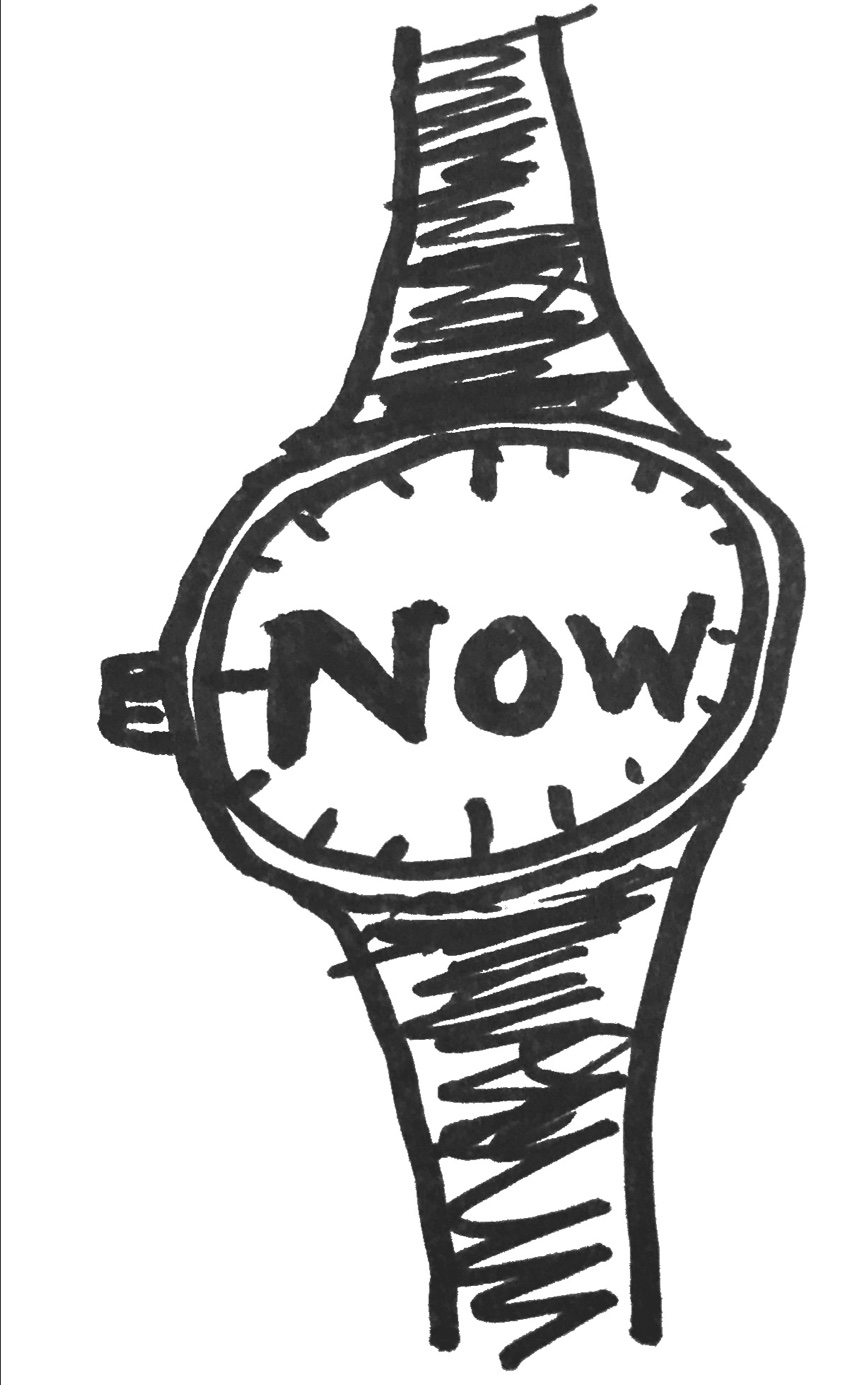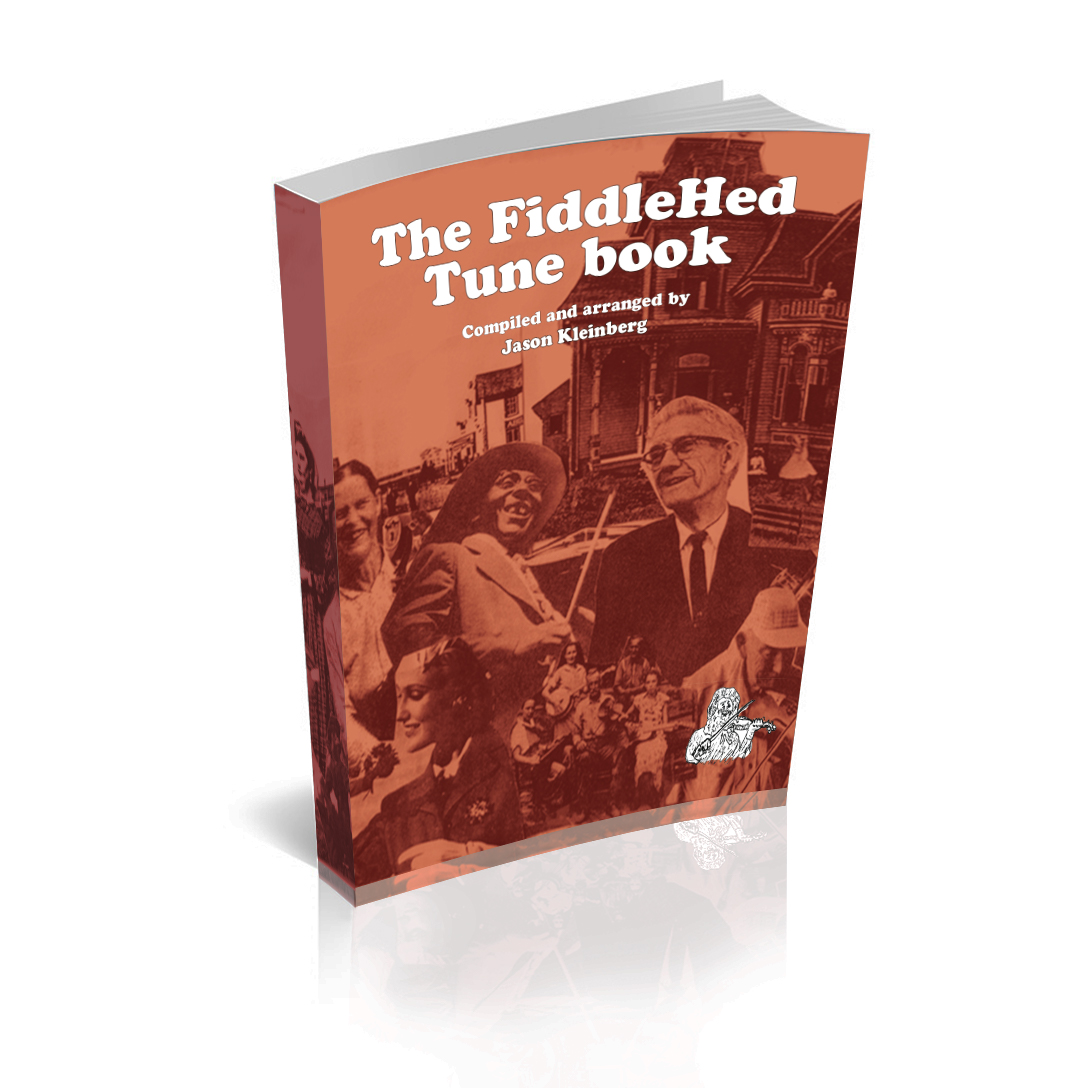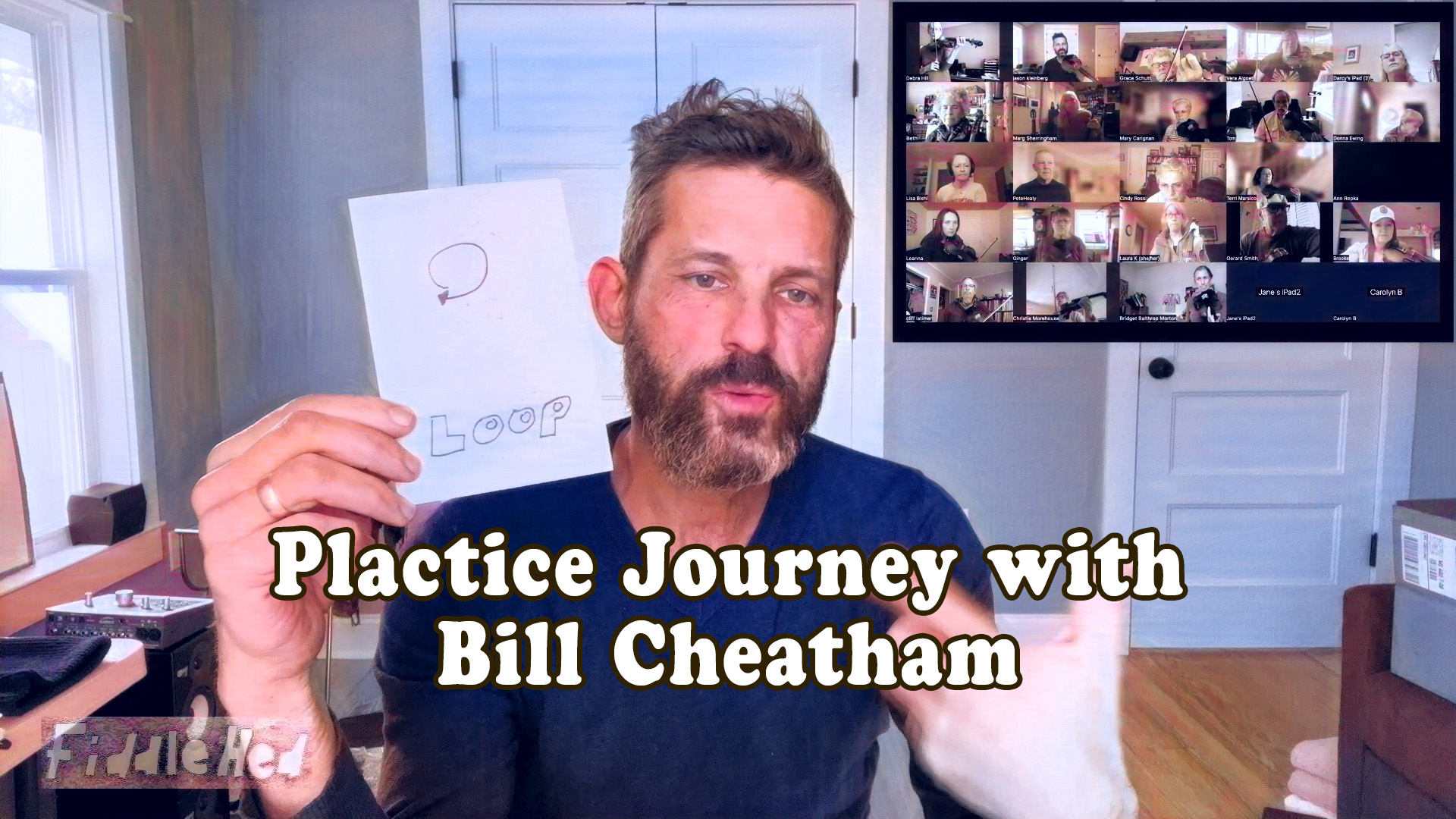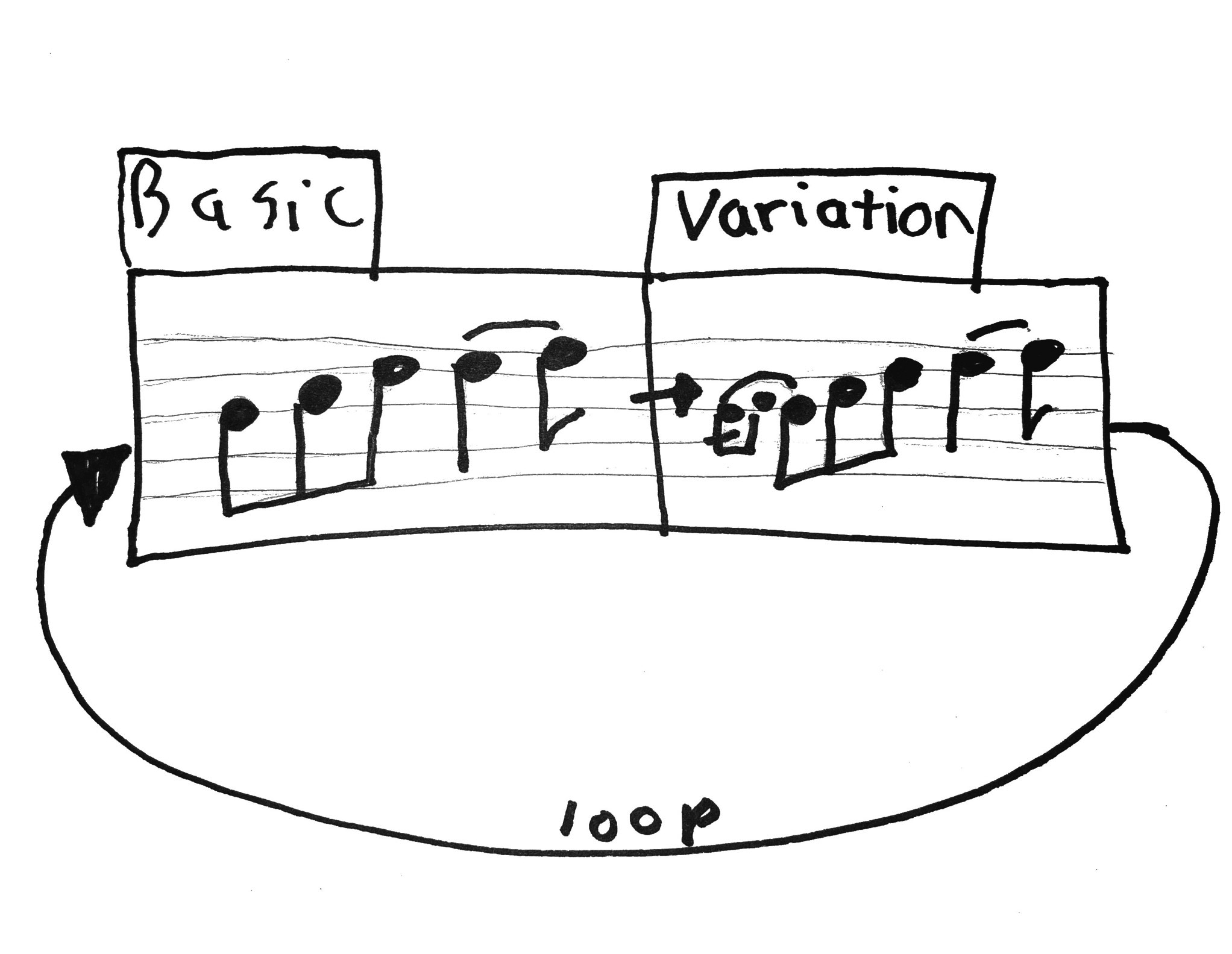Irish Fiddle Lessons
Welcome to the Irish Fiddle Course!
The Irish Fiddle Course is for Intermediate to Advanced level fiddlers who want to take a deeper dive into this popular fiddle style.
If you’re unsure if you’re ready for this, then first check out these courses:
I made a self-assessment tool on the Getting Started page.
Find this page again from the main menu:

Here’s What You’ll Learn
In the Irish Fiddle Course, you’ll learn basic versions of tunes like The Butterfly, and then you’ll learn a second version with variations added.

Here are some of the skills you’ll learn. You’ll first practice them on scales, and then on tunes.
- Triplets which you’ll practice on tunes like Rights of Man
- Cuts which you’ll practice on tunes like Kerfunken Jig
- Sixteenth note duplets which you’ll practice on tunes like Swallowtail Jig
- Rolls which you’ll practice on tunes like The Banshee
Lower on the page you can see a full listing of lessons for the course. The higher level thing you’ll learn is how to practice adding variation to anything.
I’ll show you a key practice technique: Alternating between the basic version and the variation in a continuous loop.
This will help you to add variation and expression to any tune in any style of music: Old-time, Cajun, Klezmer, and even classical music. Once you can play the variation with flow on a small phrase, you’ll learn how to apply it to the whole tune.
The ultimate goal of the course is for you to be a creative musician through fun and productive practice.
.
Irish Fiddle Course Outline
Below is a suggested order for you to take the lessons in this course. The last tab is an index which you can use to search for lessons by type of tune or skill.
Module 1: The Trill Is Not Gone
Core lessons
Core tunes
I’ll teach basic and variation lessons for core tunes. Think of these as old friends that teach us new things when we re-visit them.
Learn or review at least two of the following core tunes:
- Mary Had A Little Lamb – melodic variation
- Note: we’ll return to this tune throughout the course. It’s an easy and fun way to integrate the embellishments you’ll be learning.
Bonus tunes
The bonus tunes will help to expand your fiddle vocabulary. They are also a way to experiment with adding variation on your own.
Module 2: Tripping With Triplets
Core lessons
Core tunes
Learn or review at least two of the following core tunes:
- Mary Had A Little Lamb – triplet variation
- Miss McCleod’s – basic
- Chief O’Neill’s Favorite – basic
- Rights of Man – basic
- Lilting Banshee – basic
- Sheebeg and Sheemore
Bonus tune
Module 3: On The Jig Swing
Core lessons
Learn or review at least two of the following tunes (or other jigs and slip jigs you know). Then try to add the jig swing variation.
- Lilting Banshee – basic
- Kerfunken Jig – basic
- Kesh Jig – basic
- Rolling Waves – basic
- The Butterfly – basic
Bonus tunes
Module 4: Cutting The Rug With Cuts
Interlude 1: Renew With Review
Now that you’ve learned a bit about Irish fiddling, take some time to review and refine what you’ve learned. This attention to good sound will bring joy to your practice.
Use fingerprinting to help you remember tunes better. Learn more in this lesson: How to remember fiddle tunes.
Remember, there are three phases of learning a tune.
- Learning a basic version
- Making it sound better
- Adding expression
Learn more in this lesson: Three Phases of Learning a Tune
- Review tunes learned in modules 1-4. Also, review any other Irish tunes you know.
- Review all technique exercises: triplets, jig swing, trills, melodic variation.
Do you remember all the tunes you learned?
This review can be done in one or two practice sessions. What do you need to go over? Just be honest with yourself.
Module 5: The Grace Is Greener
Module 6: Mordents In Your Car
Module 7: Sixteenth Note Duplets For Peace
Interlude 2: Like Deja Vu All Over Again
As you learn more tunes and variations, older things might start to slip from your memory. So take some time to strengthen things you’ve recently learned. Making and practicing sets of tunes is a good way to approach them with a fresh perspective.
You can also continue these other review practices. They’ll help you remember what you’ve learned in a fun and productive way.
- Keep a list of tunes you’ve learned.
- Practice “review sets” of 4-10 songs.
- Practice “fingerprinting each song”.
- If possible, transpose tunes to other strings.
- This helps form a better mental map of the tune. (And it’s fun).
- Learn more about his process: Renew With Review.
Review all the tunes that you liked.
Review all technique exercises: triplets, jig swing, trills, melodic variation. This can be done in one or two practice sessions.
Did you skip any of the core tunes? If so, consider re-visiting them.
What techniques are still difficult? How can you reinvent your approach to practicing them?
Module 8: Roll With It

Core lessons
- Rolls – lesson
- Mary Had A Little Lamb – rolls variation
- Kerfunken jig – rolls variation
- Wassail – variation
Learn at least one of the following:
Bonus tunes
Module 9: Further, Farther
Index of Lessons
Here’s a listing of all the tunes in the course, organized by type of lesson rather than the suggested learning path of the Progressive Outline above. Some fun ways to practice using the index:
- Play all the tunes you know of a certain type (reels, jigs, etc.).
- Make sets of two or more tunes.
- Play all the tunes you know with a particular drone note (D, G, A or E). Learn more about how this works in this lesson: The Dronopoly Game.
Variation Technique Lessons
This is a progressive series of lessons, starting with easier variations like jig swing and moving towards more challenging variations like rolls. We’ll start by practicing each technique very slowly and then gradually speeding up.
- Triplets
- Jig Swing
- Trills
- Melodic Variation On Scales
- Melodic Scale Variation 1
- Melodic Scale Variation 2
- Melodic Variation On Tunes
- Cuts
- Grace Notes
- Mordents
- 16th Note Duplets
- Rolls
- How To Make Sets Of Tunes
Reels
- The Banshee – basic
- The Banshee – variation
- Bird in the Bush – basic
- Clare Reel – basic
- Clare Reel – variation
- Cooley’s Reel – basic
- Girl Who Broke My Heart – basic
- The Humours of Westport – basic
- Miss McCleod’s – basic
- Miss McCleod’s – variation
- Miss Monaghan’s Reel – basic
- Miss Monaghan’s Reel – variation
- Tam Lin – basic
- Tam Lin – variation
- Wise Maid – basic
Jigs
- Club Ceili – basic
- Kerfunken Jig – basic
- Kerfunken Jig – cuts variation
- Kerfunken Jig – rolls variation
- Kesh Jig – basic
- Kesh Jig – variation
- Kesh Jig – Adding Double Stops
- Kesh Jig – Backup Chords
- Lilting Banshee – basic
- Lilting Banshee – variation
- Rolling Waves – basic
- Rolling Waves – variation
- Wassail – basic
- Wassail – variation
- Swallowtail Jig
- Swallowtail Jig – Variation
- Swallowtail – Harmony
Slip Jigs
- The Butterfly – basic
- The Butterfly – variation
- Drops of Brandy – basic
- Foxhunter’s – basic
- Foxhunter’s – variation
- The Snowy Path
Hornpipes
- Boys of Bluehill – basic
- Boys of Bluehill – variation
- Chief O’Neill’s Favorite – basic
- Chief O’Neill’s Favorite – variation
- Galway Bay Hornpipe
- Off to California – basic
- Rights of Man – basic
- Rights of Man – variation
Polkas
- Kerry Polka – basic
- Kerry Polka – variation
- Britches Full of Stitches
- Ballydesmond Polka – upper octave – basic
- John Ryan’s Polka – basic
- Dennis Murphy’s Polka – basic
Waltzes, solos, further journeys…
- Breton Gavotte
- Fisherman’s Blues – solo
- Lilting Banshee – Jig to Polka
- Galway Girl
- Hector the Hero – basic
- Hector the Hero – variation
- Ida Red: Old-time to Irish Jig!
- Planxty Irwin – basic
- Planxty Irwin – variation
- Sheebeg and Sheemore
- Wild Mountain Thyme – basic
- Wild Mountain Thyme – variation
Tunes to play with D drone
D Drone
All of the following tunes can be practiced with the D drone track:
- Boys of Bluehill – basic
- Boys of Bluehill – variation
- Chief O’Neill’s Favorite – basic
- Chief O’Neill’s Favorite – variation
- Dennis Murphy’s Polka – basic
- Foxhunter’s – basic
- Foxhunter’s – variation
- John Ryan’s Polka – basic
- Kerfunken Jig – basic
- Kerfunken jig – cuts variation
- Kerfunken Jig – rolls variation
- Miss Monaghan’s Reel – basic
- Miss Monaghan’s Reel – variation
- Planxty Irwin – basic
- Planxty Irwin – variation
- Rolling Waves – basic
- Rolling Waves – variation
- The Snowy Path
- Tam Lin – basic
- Tam Lin – variation
- Wild Mountain Thyme – basic
- Wise Maid – basic
Tunes to play with G drone
G Drone
All of the following tunes can be practiced with the G drone track:
- The Banshee – basic
- The Banshee – variation
- Bird in the Bush – basic
- Club Ceili
- Drops of Brandy – basic
- Girl Who Broke My Heart – basic
- Kerry Polka – basic
- Kerry Polka – variation
- Kesh Jig – basic
- Kesh Jig – variation
- Kesh Jig – Adding Double Stops
- Miss McCleod’s – basic
- Miss McCleod’s – variation
- Off to California – basic
- Wassail – basic
- Wassail – variation
Tunes to play with A drone
A Drone
All of the following tunes can be practiced with the A drone track:
- Clare Reel – basic
- Clare Reel – variation
- Britches Full of Stitches
- Ballydesmond Polka – upper octave – basic
- Hector the Hero – basic
- Hector the Hero – variation
- Lilting Banshee – basic
- Lilting Banshee – variation
- Lilting Banshee – Jig to Polka
Tunes to play with E drone
E Drone
All of the following tunes can be practiced with the E drone track:
- All-access Monthly
- Full access to all courses, lessons & content
- Live Group Lessons
- Download Audio and Sheet Music
- FiddleHed Tune Book
- Save $78
- All-access Yearly
- Full access to all courses, lessons & content
- Live Group Lessons
- Download Audio and Sheet Music
- FiddleHed Tune Book
- Save $78
Love your fiddle guarantee™
Try out the course, and if you’re not satisfied, just email us within thirty days of purchase for a full refund. No questions asked. ☺️
Frequently Asked Questions
How much time per day will it take?

I recommend that you play at least 20 minutes a day, six days a week.
The great thing about FiddleHed is that you can learn and practice at a time that best fits your schedule. Early morning, during a lunch break, after dinner or at 3 AM (use a practice mute if you have roommates!) 😎
If you’re unsure whether or not you’ll have time, start with just two minutes a day ⏲. Learn more about the Two-Minute Rule.
What’s included in an All-Access subscription?
You get full access to all courses (including this one!) and live workshops with an All-Access subscription. Yearly subscribers also get the FiddleHed Tune Book.

Do I need to know how to read sheet music?
The short answer is no. Our call-and-response teaching and color-coded tabs have helped thousands to learn the fiddle without sheet music.
What if I want to learn to read sheet music?
Being able to read sheet music is a great tool for learning. That said, if you are an absolute beginner, I recommend you wait to learn reading. Start by focusing on learning technique, tunes and having fun. You want to be able to play before you add the additional challenge of note-reading.
I created the Note-reading For Fiddlers course to help people read sheet music in an intuitive way. Students learn to tap into their natural reading ability without getting bogged down in rules and theory. You can either take these lessons as you work through the main course, or you can learn note-reading all at once with the stand-alone course.
Here’s what FiddleHed Joanne has to say about this:
To be clear, the Note-reading for Fiddlers course is included in the All-access subscription.
Can I download the lessons?
Paid subscribers can download audio and sheet music. At this time you can’t download most of the video lessons.
Download the audio clips by clicking the red down arrow.

You can download pdf files of sheet music by opening the pdf and then clicking the download button:

I know I want to sign up for a paid subscription now. How do I do that?
Click here to sign up for a monthly or yearly subscription. It will be good to meet you!
Can I go beyond beginner level with FiddleHed?
Where do you go after the Beginner course? The Intermediate Course, of course 🤓.
The journey doesn’t end there. We also have more advanced courses:
We also give live workshops which will help you to expand your knowledge and make new connections. My students find these to be super valuable. Sometimes I teach a tune by ear. Sometimes we dive deep into a skill like chord backup. And sometimes we take a “Practice Journey” in which we explore different ways to creatively practice a tune.
Click here to check out the replay of the Practice Journey With Bill Cheatham.

Got more questions?
If this doesn’t make sense, just email me. Don’t be shy! I love to hear from new students because it helps me improve the course.
Irish Fiddle Variation – Overview >>
Leave a Reply
You must be logged in to post a comment.








I’m going to start this program again. This time with more commitment.
Good! We are doing some updates to the course organization now. Mainly improving the tracking.
Jason is it possible to learn “Follow me up to Carlow”? I’m learning quite a lot from this coarse. Thanks
I may never truly master any of these but I’m trying things I didn’t believe I would ever even come close to attempting and having a great time doing it. Thanks Jason!
Oooooh, I danced to all this stuff in my younger days. So excited to learn to play it
Is this the Irish Variations course I purchased? or is this the week free subscription?
I wore green, made corned beef and cabbage, and took another FiddleHed Intermediate lesson on St. Patrick’s Day. Will that be enough to bring me the Luck o’ th’ Irish???
I entered in the giveaway, and will be hoping the Irish in me helps bring me luck!!